Wouldn’t it be nice to take a break from the everyday and escape to the magic of Disney? To sail the high seas with pirates, encounter extraterrorestrial creatures, and blast baddies with Buzz Lightyear? Millions of visitors flock to Disneyland and Walt Disney World every year, but the flight! The rental car! The hotel room! Those priceless experiences sure do come at a steep price…
But what if instead of needing to move heaven and earth to bring your family and friends to Disney’s theme parks, Disney brought its theme parks to you? What if every metropolitan area across the country could host its own Disney theme park…? One that would redefine Disney’s role in regional entertainment, connect millions of guests to its brand, and serve as an evolving testing grounds for the technologies of a new millennium?
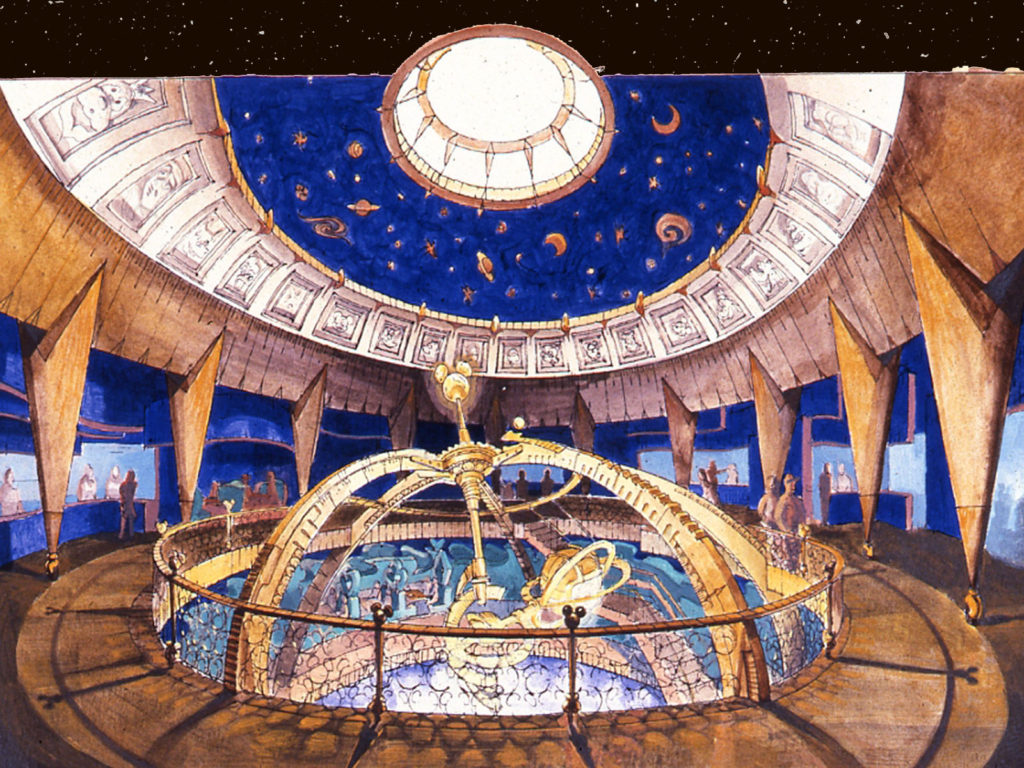
DisneyQuest started its life as a radical new concept in what “Disney” could mean – a 21st century experiment in mass-producing modular, urban theme park experiences that made their cutting edge technologies the starring act. Two decades later, it ended its life as an abandoned arcade, left to rot in plain sight. The story of Disney’s too-long-lived “indoor, interactive theme park” is as weird as the concept itself: a ’90s time capsule of a “so-bad-it’s-good” experiment gone awry.
DisneyQuest was – by most accounts – a failure. Worse, its decaying corpse remained, looming over Downtown Disney (and criminally, still charging admission) for decades. Yet somehow, this strange sanctum of digital experiences had a hypnotic hold on ’90s kids, who hold the mystery of DisneyQuest as a formative memory. What awaited within the big blue box rising over Downtown Disney’s electric West Side? Plug in and let’s explore…
And before we head off, remember that you can unlock rare concept art and audio streams in this story, access over 100 Extra Features, and recieve an annual Membership card and postcard art set in the mail by supporting this clickbait-free, in-depth, ad-free theme park storytelling site for as little as $2 / month! Become a Park Lore Member to join the story! Until then, let’s start at the beginning…
1970s – Shoppers’ paradise
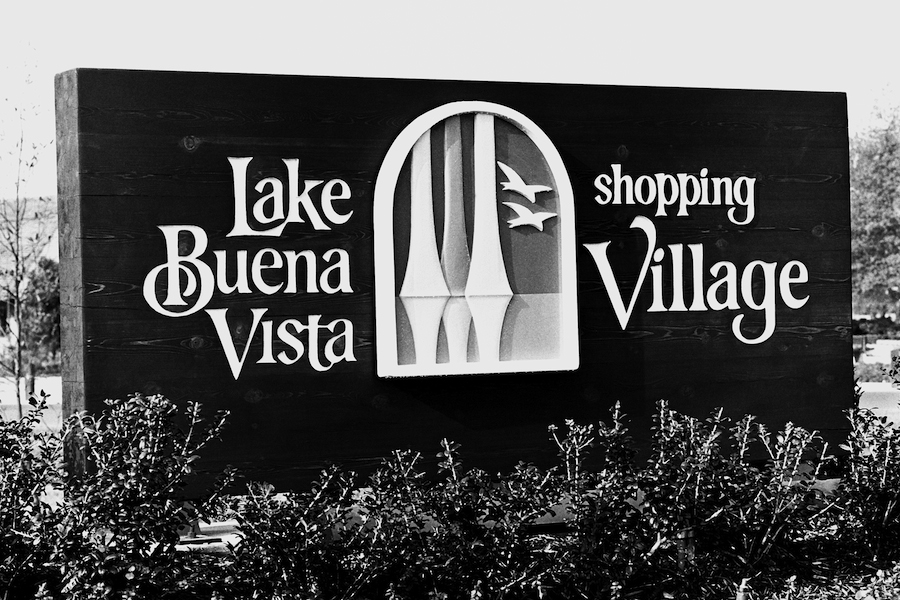
The story begins in the Lake Buena Vista Shopping Village, which opened on March 22, 1975 – just a few years after Walt Disney World itself. While the name might not sound too awfully familiar, the concept should. Lake Buena Vista was a one-stop shop for souvenirs, gifts, and toys during your Walt Disney World visit – a charming lakeside village with shops like the Pottery Chalet, Toys Fantastique, and The Flower Garden.
The concept of the Shopping Village was really intended to act as the main local commerce area for residents of the planned Lake Buena Vista residential area.
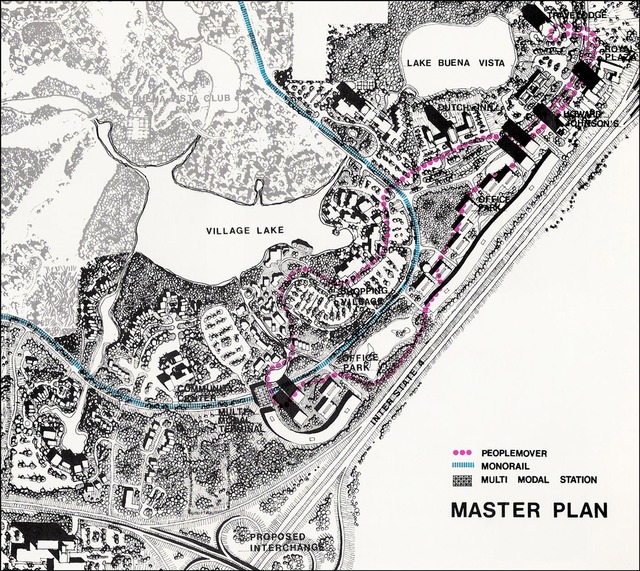
What’s more, Peoplemovers would’ve connected the nearby neighborhood to its commercial Shopping Village, where residents might then board a Monorail and sail off to other Walt Disney World destinations.
While the shopping district opened in 1975, the accompanying residential area (and the mass transit systems that would’ve connected them) were delayed by the announcement of EPCOT Center. Even after the park’s opening, Disney’s finances were exhausted, leaving the Lake Buena Vista residential area undeveloped. Now, Disney had a full-fledged shopping district more or less disconnected from the resort proper.
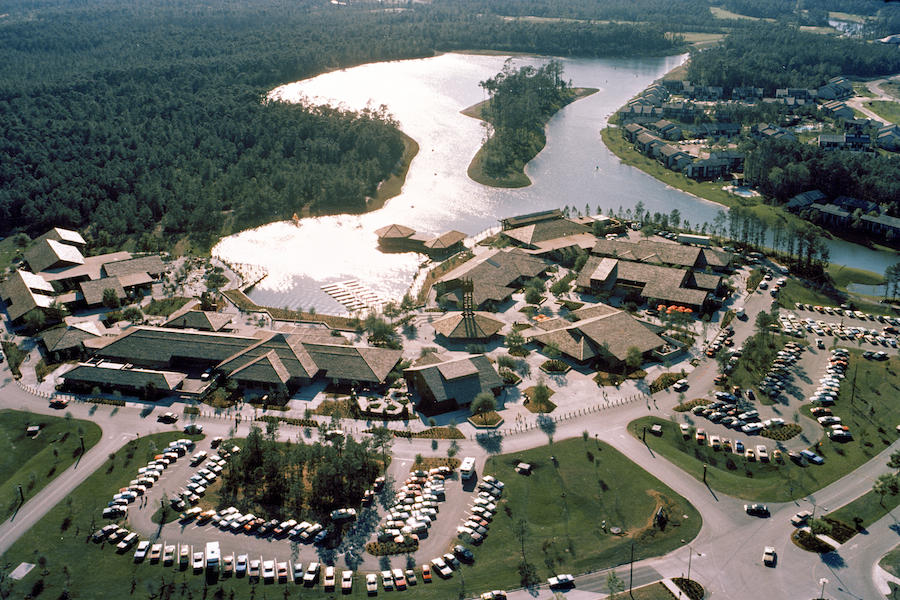
Accessible only by car or bus, Disney gradually experimented with how to convince Walt Disney World guests to make their way to the retail area. For that reason, the Lake Buena Vista Shopping Village was renamed the Walt Disney World Village in 1977.
1980s and ‘90s – A new vision
Fast-forward to the 1980s and new Disney chairman Michael Eisner, who brought with him a very fresh vision for Disney and its theme parks. With a long career in the film industry (most recently, as CEO of Paramount Pictures), Eisner charted a new path forward for Disney and the themed entertainment industry – the “Ride the Movies” era we chronicled in a standalone industry insider Special Feature, BLOCKBUSTER: The Ride. Eisner put his cinematic touch to work in the parks and at the Walt Disney World Village shopping area where he saw a massive opportunity…
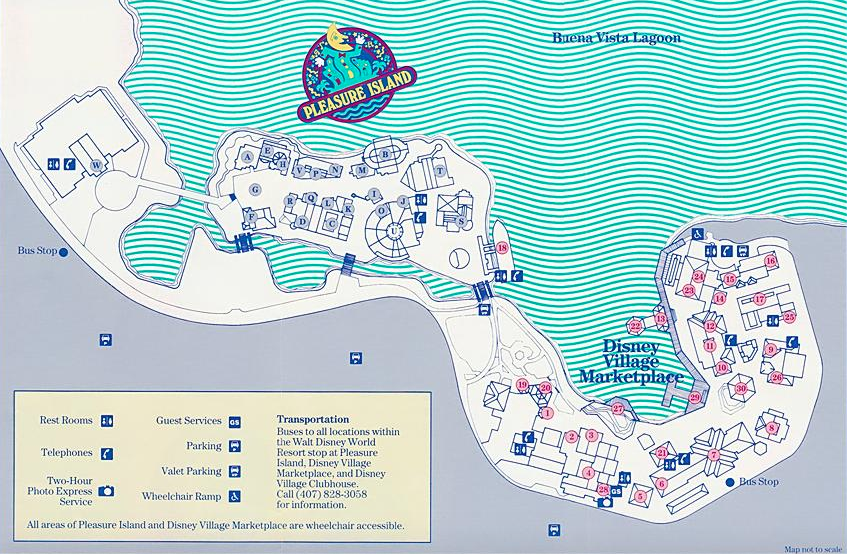
In 1986, the existing shopping village was renamed Disney Village Marketplace and soon gained a much trendier neighbor: a modern new concept meant to rival Church Street Station and other “young adult” clubs gaining traction in Orlando.
Pleasure Island opened May 1, 1989 (the same day as the similarly-cinematic Disney-MGM Studios). Layered in the same decadent storytelling and placemaking as the rest of the “Ride the Movies” era, Pleasure Island was packed with nightclubs, bars, comedy clubs, and other adult-oriented – but highly themed – attractions, perhaps best exemplified by the Lost Legend: The Adventurers Club.
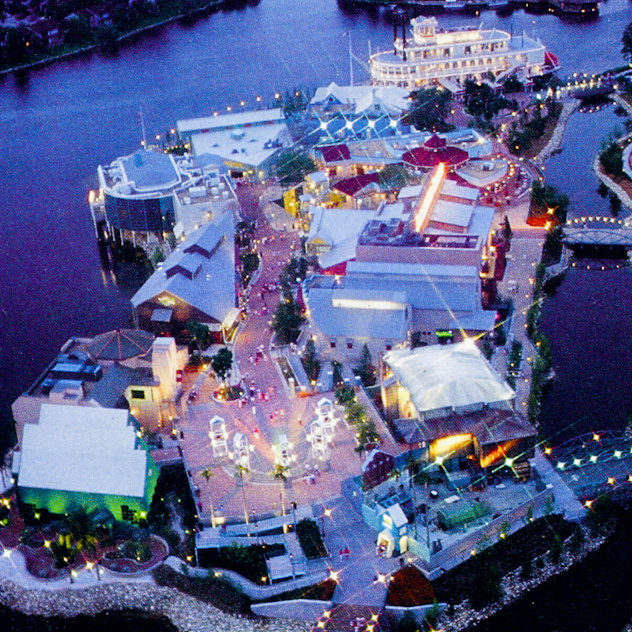
Ah, but here’s where things will start to sound familiar… These two neighboring districts lacked a cohesive or attractive messaging explaining their relationship… until 1995, when the Village Marketplace and Pleasure Island were “combined” to create the newly branded Downtown Disney. The move was a smart one, offering a simplified message, marketing, and connection to the resort… even if a physical connection still wasn’t provided via Monorail or Peoplemover.
As you can imagine, the shifting histories of Walt Disney World’s shopping district could be the subject of a doctoral dissertation, but for our purposes, the story kicks into high gear now…
While the presses were still hot printing Downtown Disney advertisements, Disney announced a third “district” to join the Marketplace and Pleasure Island: Downtown Disney’s West Side would open in 1997. That’s where Disney would host its most conceptually ambitious idea since EPCOT Center…
Behind-the-box
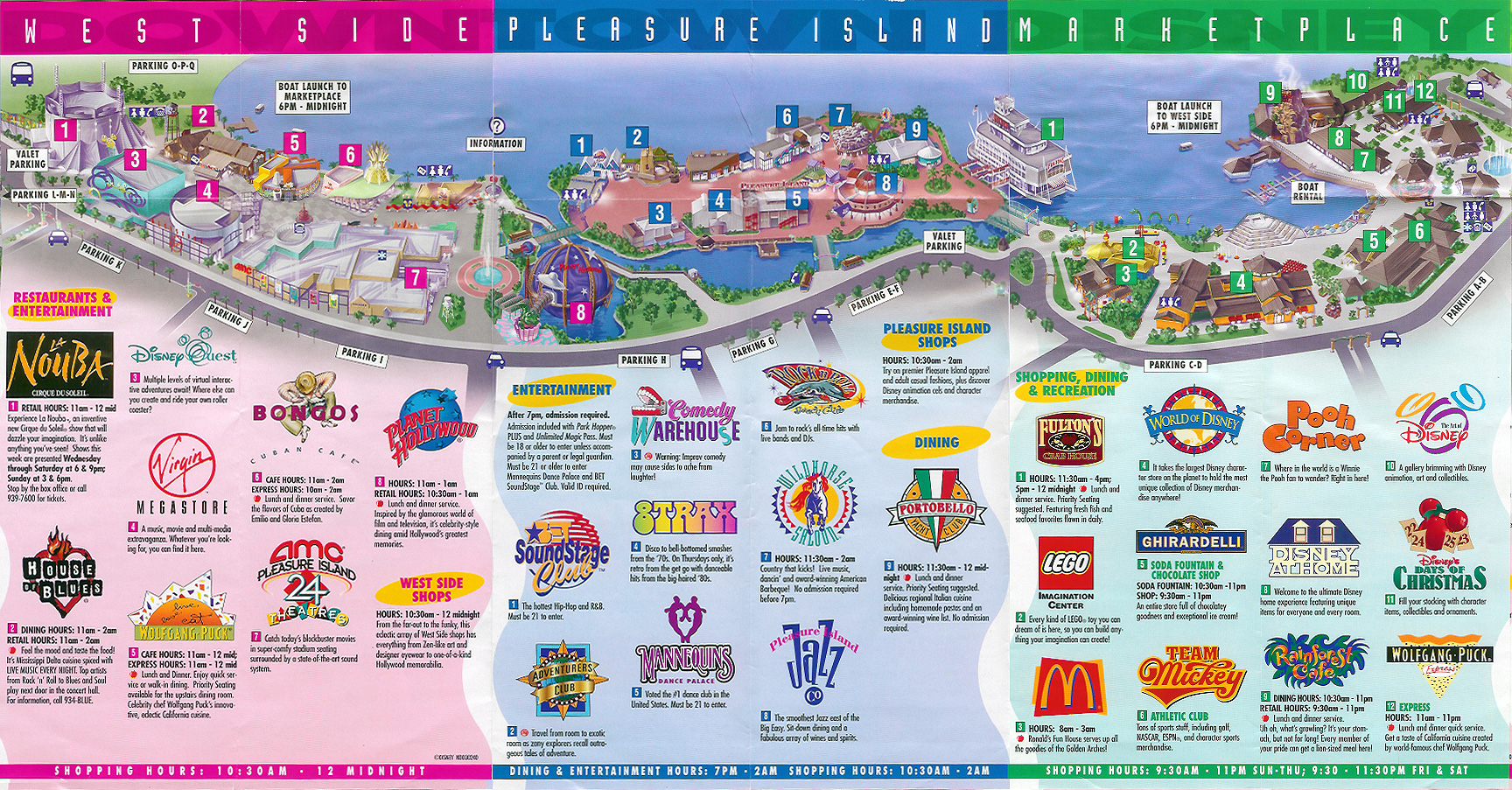
Maybe in some ways, Downtown Disney was the perfect embodiment of Walt Disney World as a whole – dissimilar parts built in different decades, each reflecting the architecture, values, impressions, and purpose of its respective era. Think about it…
- The Marketplace – largely left from the 1970s – was still at its core a quaint village of shops and restaurants that looked and felt much like the Lake Buena Vista Shopping Village two decades before…
- Pleasure Island – rooted in the same ’80s ideology that built the Disney-MGM Studios – was a brave and cinematic expansion of deeply-themed clubs that only Disney could’ve concocted.
- And now, the ’90s-born West Side would be a glowing icon of ’90s entertainment; a larger-than-life collection of oddball architecture. branded entertainment, and family attractions…
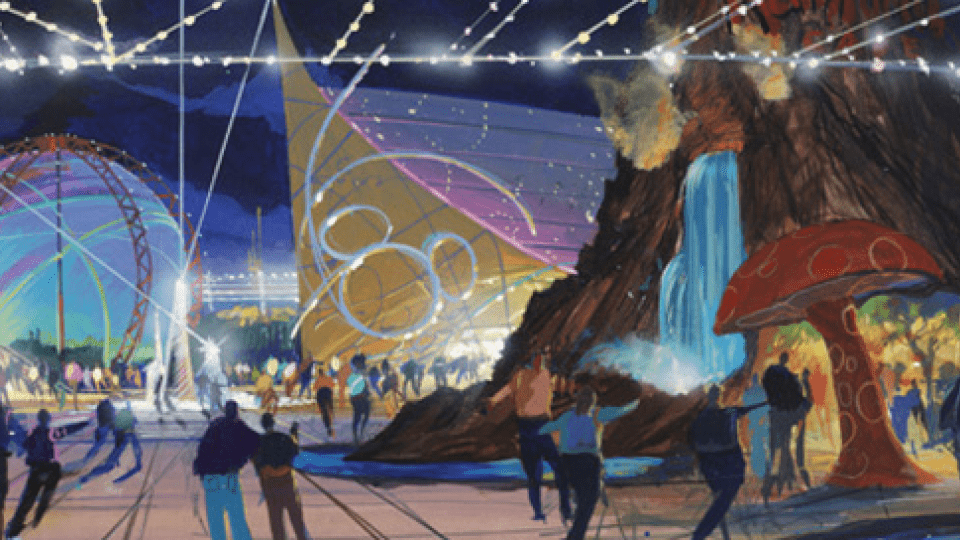
The radical new entertainment playground would feature mainstays of the era, like a grungy, rusted warehouse-style House of Blues, a custom-built modern white big top for Cirque du Soleil’s La Nouba, a must-visit Virgin Megastore (to purchase a compact disc or cassette for the flight home, no doubt), and a Planet Hollywood restaurant, packed with celebrity memorobilia. Kitschy, comic, and cool, the West Side felt like the perfect ’90s interpretation of what a “Downtown” Disney World would feel like – a master-planned expansion that looked, felt, and sounded like the era.
It’s also where Disney would test out its most radical concept in a decade.
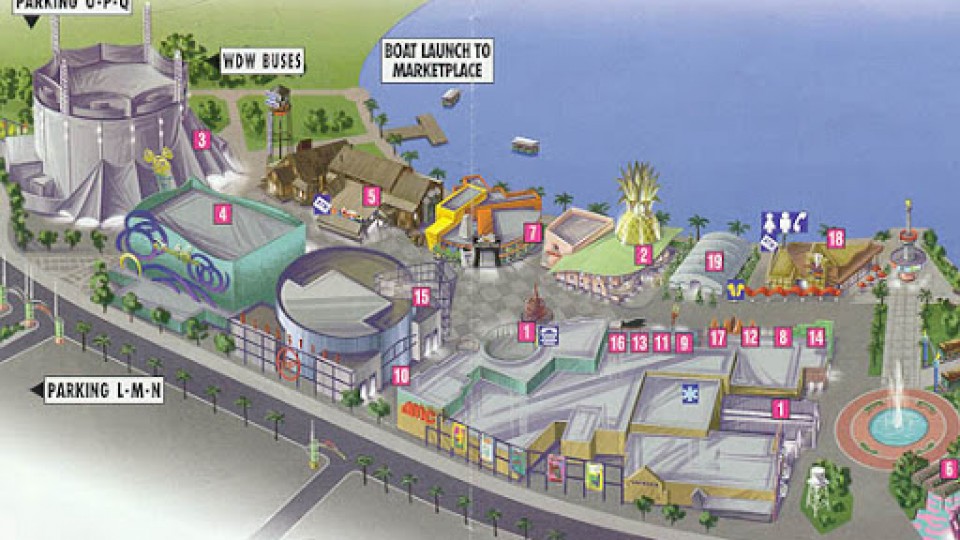
Housed inside of a towering and mysterious, asymmetrical blue building was DisneyQuest, a brand new kind of themed entertainment experience.
Entirely overseen and operated by a new division of the Walt Disney Company called Disney Regional Entertainment, DisneyQuest was billed as an “indoor, interactive theme park.”
Perhaps you’d agree that that’s a vague and unusual way to describe an experience, and that – it would seem – was the point. After all, a generation of ’80s and ’90s kids grew up gazing in awe at the unusual landmark reigning over Downtown Disney, wondering what could be inside that most unusual building… What’s in there? What is DisneyQuest?
Well, that was the question… Almost certainly, DisneyQuest was one of the most peculiar concepts ever dreamed up at Imagineering – and with a powerful reason for being. But this innovative, exceptional concept also stands among our Declassified Disasters for a reason…
Not what, but why?
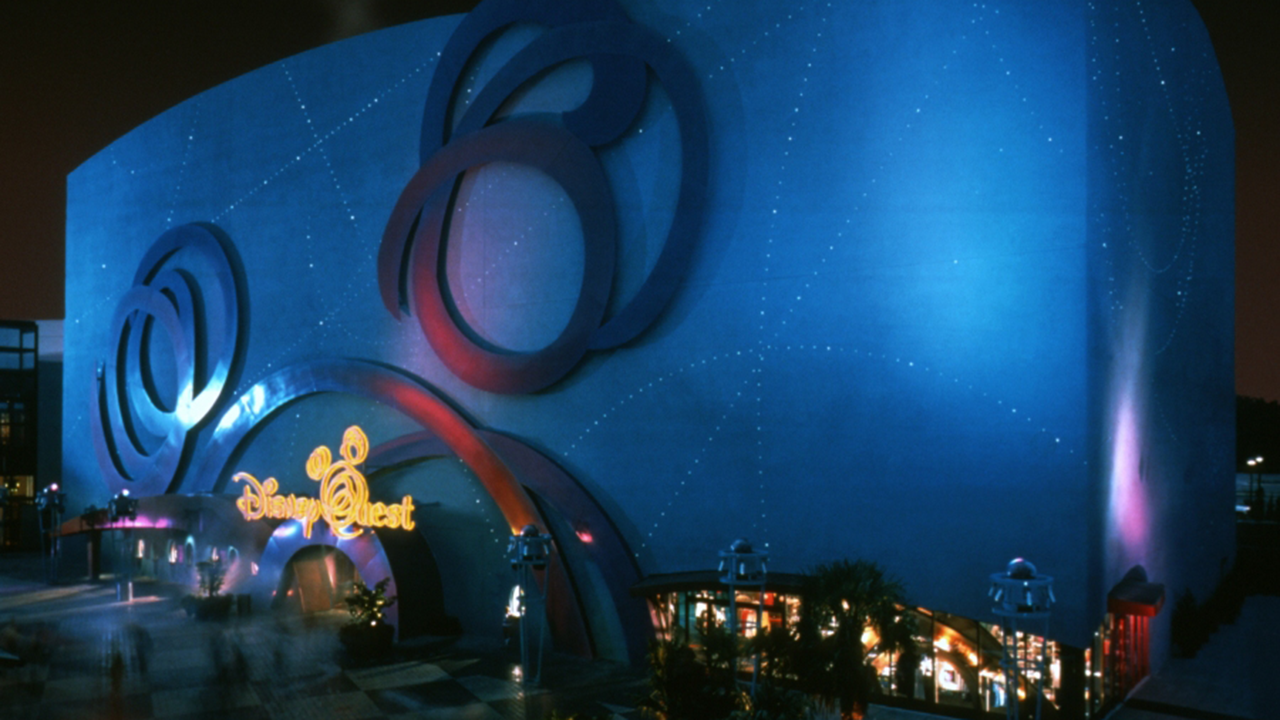
Gargantuan… glittering… mysterious…
Looming over Downtown Disney’s West Side, the unusual blue box of DisneyQuest was indeed a wonder. And when it opened on June 19, 1998, what it contained within was just as surprising. In fact, the contents of that unusual cube were more than just an attraction; they were a prototype of the future of Disney entertainment, with Senior Vice President of New Product Development at Imagineering Joe DiNunzio leading the charge.
“Disney, in its park division, builds these giant things, but it takes a continent or half a continent to support each one,” said Joe Garlington, interactive creative director for DisneyQuest. “And that means if you’re not above a certain level of affluence, you may not be able to see it, or may not be able to see it very frequently — may have to save up for half a lifetime to go to one of the parks if you live in Boise or Chicago or someplace where you’re not near a park.”
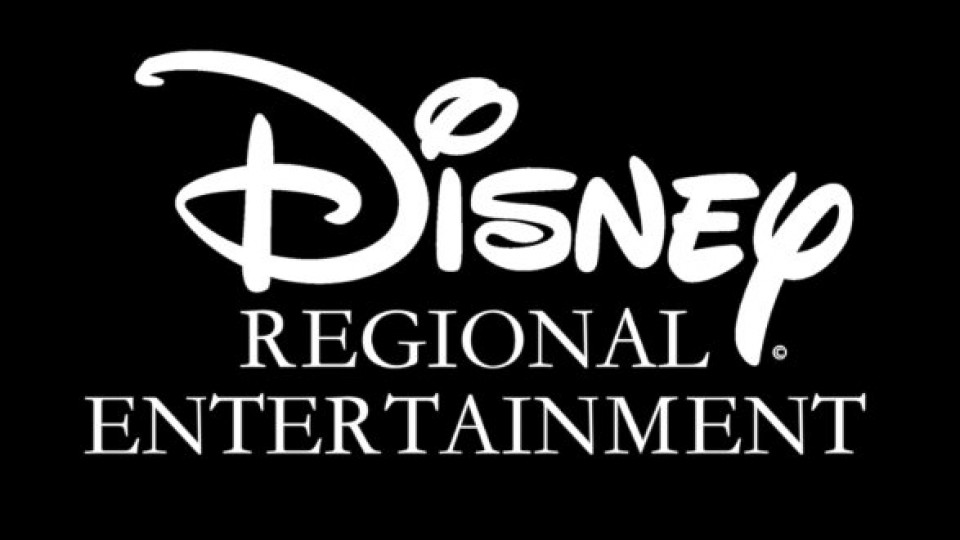
But with DisneyQuest – the anchor of a new division called Disney Regional Entertainment – Disney could indeed bring that experience to Boise, or Chicago, or Columbus, or Atlanta, or Indianapolis, or Philadelphia, or New York… The secret? Imagineering’s cutting-edge VR Studio. This team of 15 – 25 artists and technicians was all but assigned DisneyQuest with the idea of empowering this regional family attraction with cutting edge – and easily swappable – tech-based attractions.
So to give us an idea of exactly what the experience was like, we’re going to step into DisneyQuest as it appeared there in its earliest years. Ready to step inside? We’ll take the first steps on the next page…



